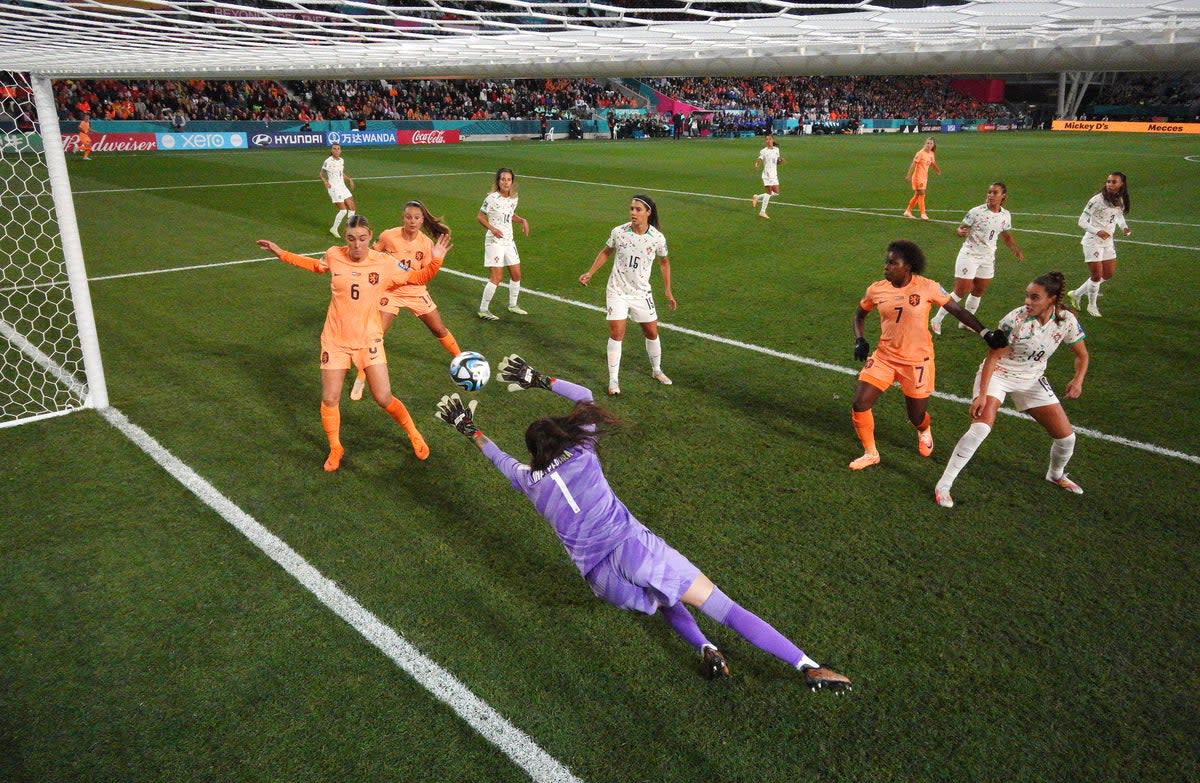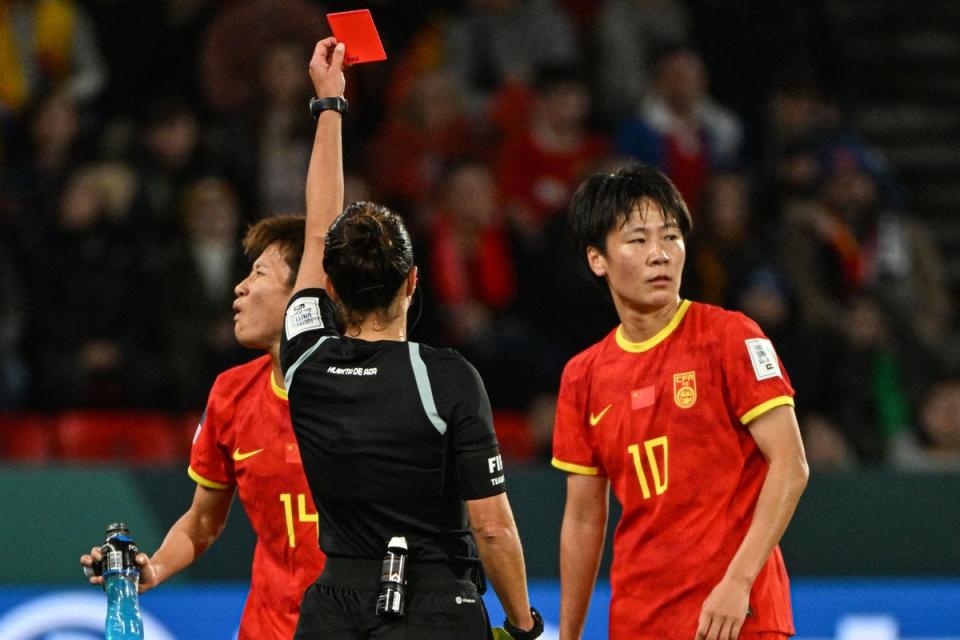Women’s World Cup 2023 group stage tiebreakers: What happens when teams are tied on points?

Teams are vying for qualification to the second round of the Women’s World Cup this week with many of the first-round groups still wide open.
Two out of four teams qualify from the eight groups and for those advancing the position is also important as it determines who might be played in the next round.
Teams are ranked firstly by the number of points they have amassed from their three group matches, with three points for a win, one for a draw and zero for a loss.
Finishing with the same number of points is commonplace, and World Cup organisers Fifa have rules in place to position teams when this happens.

What happens when teams finish on the same number of points?
Teams are ranked by the following methods.
1. Goal difference
This is the number of goals scored versus the number of goals conceded. So if England had scored five goals in their group and conceded two, they would have a goal difference of plus three. It might be that their rival team, China, let’s say, have the same number of points but have a goal difference of plus one. In this hypothetical instance, England would finish ahead of China.
2. Goals scored
It is possible that two teams can have the same goal difference - and if this happens, purely the number of goals scored will be taken into account. For examplem, if Nigeria have scored ten and conceded eight, while France scored eight and conceded six, both teams would have the same goal difference of plus two - but Nigeria would finish ahead of France.
3. Head to head
Thirdly, the result between the two teams would be considered. It might be that Sweden and Germany - in a hypothetical scenario - have the same goal difference and goals scored, but Sweden won when the two sides met. In this circumstance, the Swedes would progress.

4. Fair play
The team that received the fewest booking points will finish higher - as was the case in the 2018 men’s World Cup when Japan progressed at Senegal’s expense. The fair play system gives teams:
1 point for a yellow card
3 points for an indirect red card (second yellow card)
4 points for a direct red card
5 points for a yellow card followed by a direct red card
In this unlikely, but entirely possible, scenario the team with the fewest card points would go through.
5. Drawing of lots
And finally, when nothing else separates the two sides, it will go down to a drawing of lots. Let’s hope this doesn’t happen!


